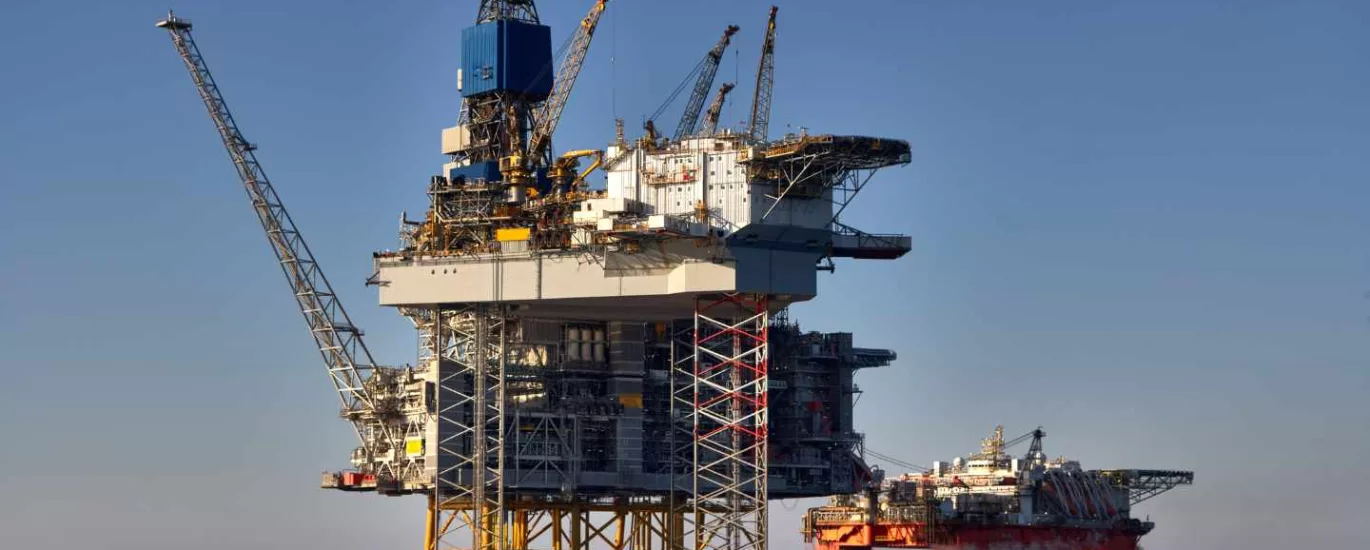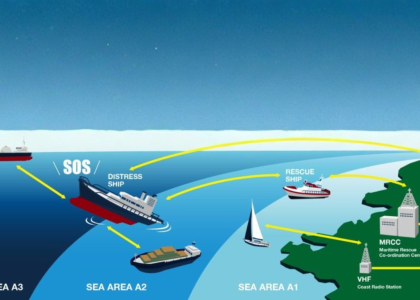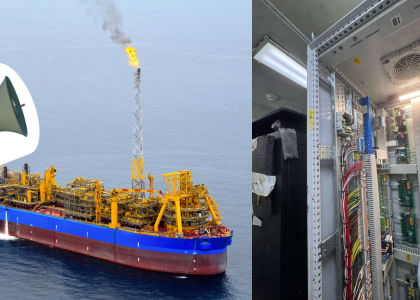The pulse of the oil and gas industry continues to shape the energy industry, which in turn powers the world. After several years of instability, the oil and gas industry is forecast to be headed into better years of growth and prosperity. As the industry gets back onto its feet, here are some of the key trends and developments to keep an eye out for.
Increasing Demand and Production
As the global economy surges to recovery with the easing of COVID-19 restrictions, the global demand for oil and gas has been increasing. Moreover, with the world’s population surpassing 8 billion, the unquenchable demand for energy continues to pressure oil prices upwards.
The US Energy Information Administration (EIA) states in its short-term energy outlook that global liquid fuels consumption is set to increase by 1.5 million barrels per day (b/d) in 2023 from 2022 and by an additional 1.8 million b/d in 2024.
Additionally, the EIA also states that global oil and liquid fuels production will average 101.5 million b/d in 2023, up 1.6 million b/d from 2022.
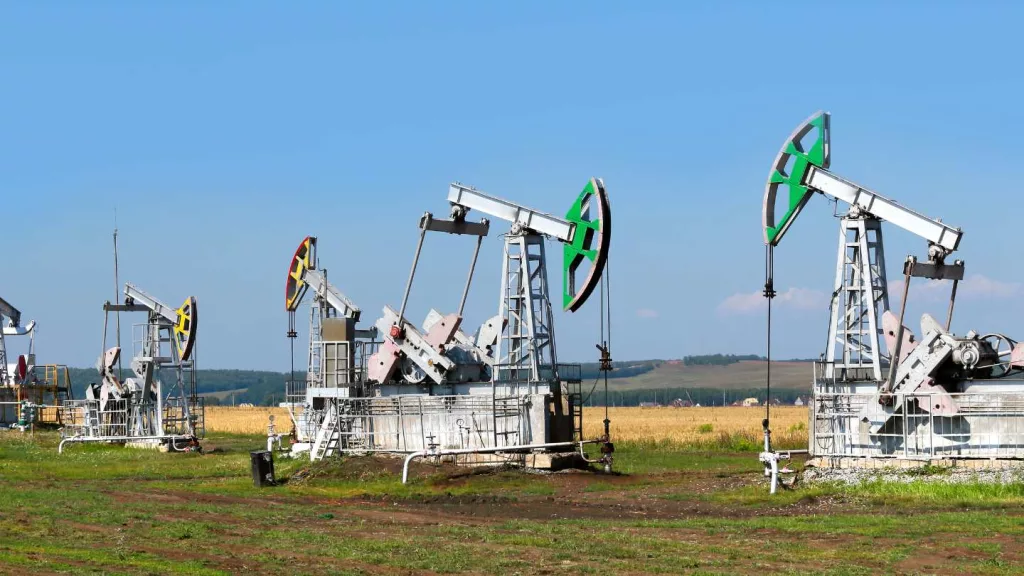
Renewable Energy Push
The past few years have seen a significant push towards renewable energy from a variety of stakeholders including governments, international bodies and society. Many energy companies are investing in the diversification of their portfolios to include more renewable energy sources such as solar and wind power.
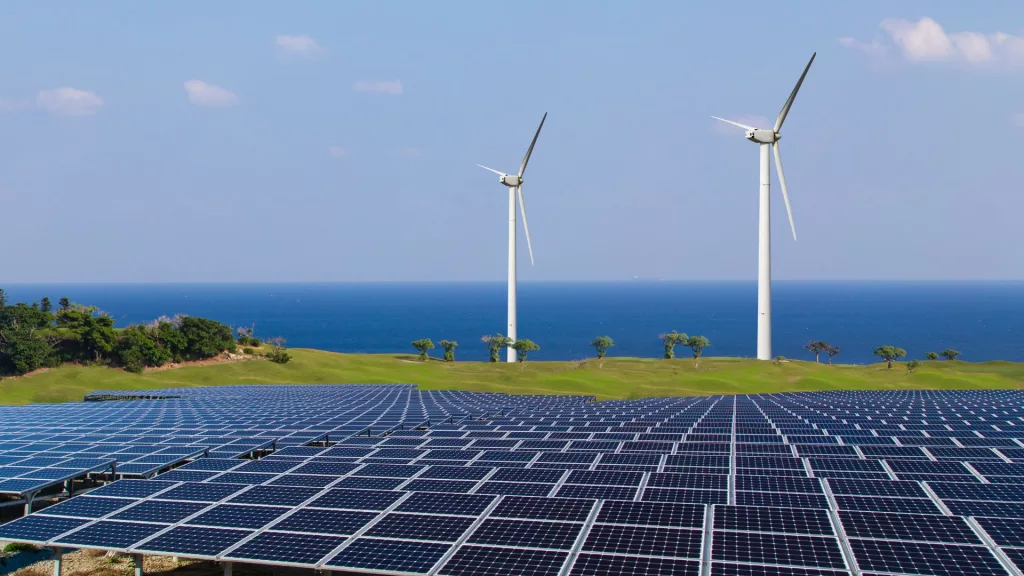
Additionally, environmental, social, and governance (ESG) considerations are increasingly becoming a priority for the oil and gas industry as investors demand greater transparency and accountability on these issues.
Another trend seen from the demand for environmental accountability is the growing emphasis on carbon capture, utilization, and storage (CCUS) technologies, to reduce greenhouse gas emissions from the oil and gas industry.
Mergers and Acquisitions
There has been a wave of mergers and acquisitions in the oil and gas industry as companies seek to strengthen their positions and improve their competitiveness. A report by Forbes states that strategic upstream mergers and acquisitions have begun as oil and gas companies are sitting on record levels of free cash flow, thanks to a greater commitment to capital discipline and higher oil prices.
The report further adds that assets with low breakeven costs and emission profile are in high demand as oil and gas companies aim to maintain a good cash flow and protect themselves against price volatility by reshaping their portfolios to remain relevant as governments debate environmental and energy policies.

Digitization
The oil and gas industry is increasingly adopting digital technologies such as artificial intelligence, big data analytics, and the Internet of Things (IoT) to improve efficiency and reduce costs.
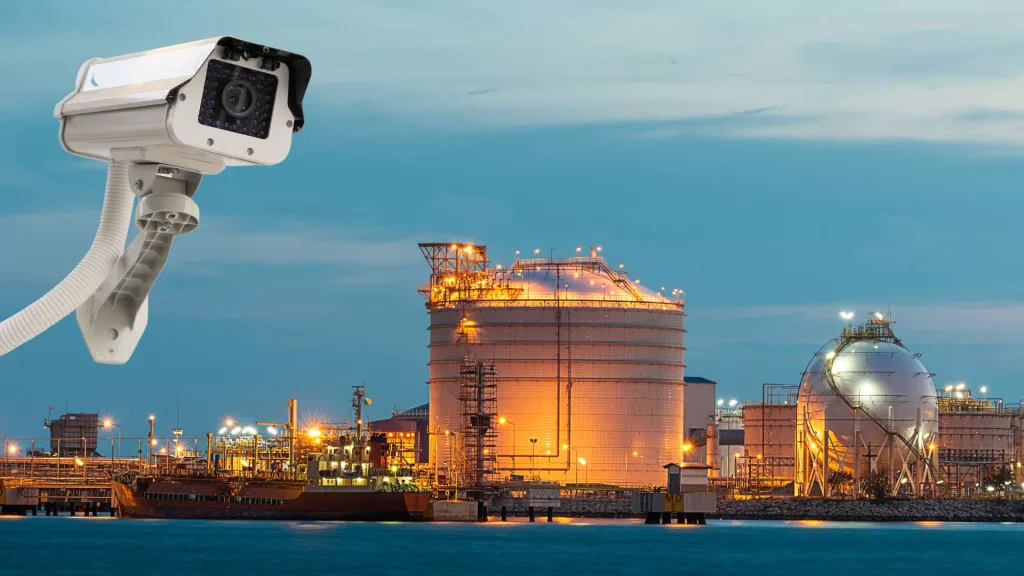
Technological improvements and digitization have also brought about better systems and equipment that keep workers safe in harsh and hazardous environments.
For example, state of the art CCTV systems that detect equipment malfunctions and dangerous gas leaks through thermal cameras, improving supply chain bottlenecks through data analysis and more cost-effective satellite communication.
Adapting to new developments
Vivo Asia Engineering & Trading is poised to offer our reliable, modern systems and excellent engineering services to the oil and gas industry, as it adapts and expands with these global trends. Our industry experience and ability to adapt to customer needs sets us apart, ensuring our continued success as a telecom systems integrator for the FPSO industry, among others.






